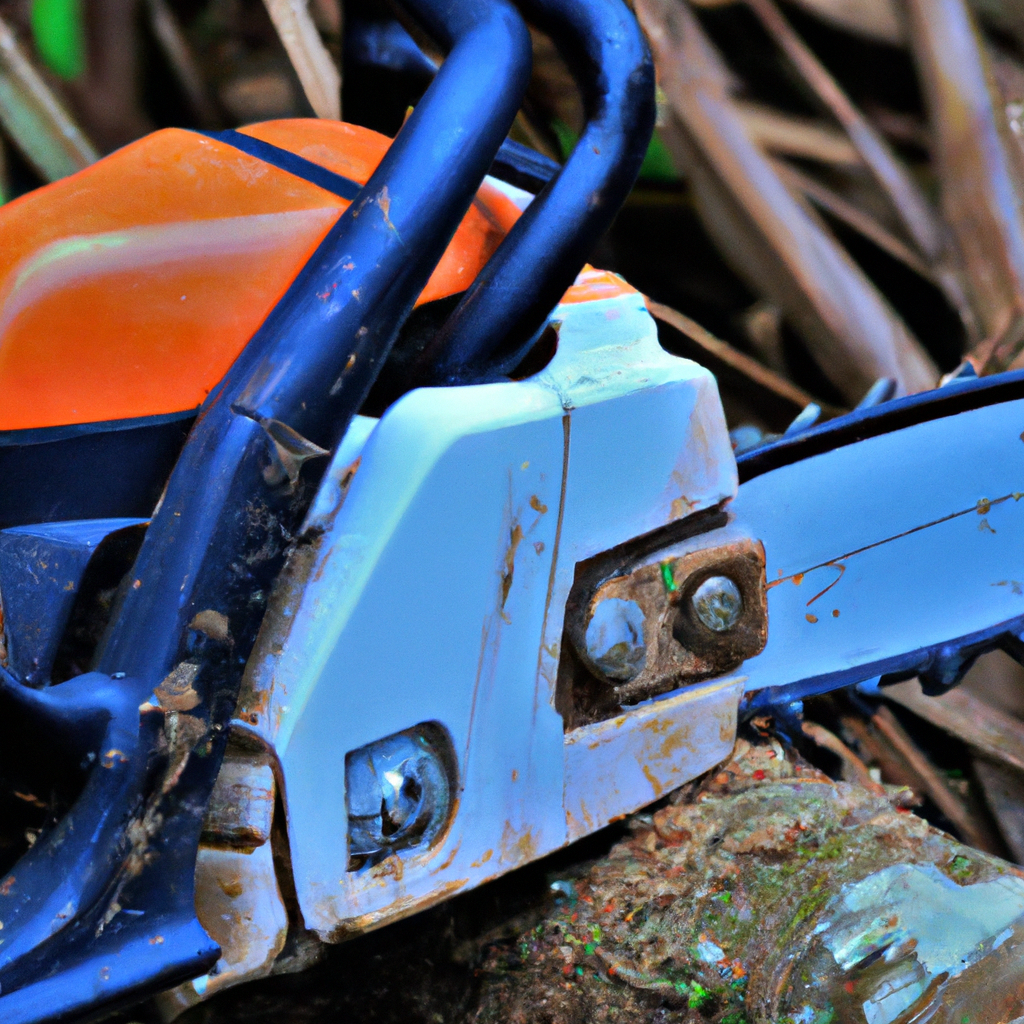
You’ve probably wondered whether you can use a chainsaw for tree pruning. It’s a common question among homeowners who want to tackle their own tree maintenance. Well, the short answer is yes, you can use a chainsaw for tree pruning. However, there are a few things you need to know before you start hacking away. In this article, we’ll explore the benefits and potential pitfalls of using a chainsaw for tree pruning, providing you with the knowledge to make an informed decision and ensure your trees remain healthy and beautiful. So, let’s strap on our safety gear and get ready to learn the dos and don’ts of wielding a chainsaw for tree pruning!
Safety precautions
When it comes to using a chainsaw for tree pruning, safety should always be your top priority. Wearing appropriate protective gear is essential to protect yourself from any potential hazards. This should include a helmet with face and hearing protection, safety goggles, gloves, and chainsaw chaps or pants. These protective items may seem cumbersome, but they will provide vital protection against any flying debris or accidental contact with the chainsaw.
In addition to wearing protective gear, it is crucial to understand the safety features of your chainsaw. Familiarize yourself with the emergency stop button, chain brake, and throttle trigger. These features are designed to ensure your safety and should be used correctly at all times.
Before you start using a chainsaw for tree pruning, it is essential to inspect the chainsaw thoroughly. Check for any damage to the chain, guide bar, or other components. Ensure that the chain is properly tensioned and lubricated. It is also a good idea to check the fuel and oil levels and make sure the chainsaw is in good working condition. Regular maintenance of your chainsaw will help prevent accidents and ensure safe and efficient tree pruning.
Understanding tree pruning
Tree pruning is a delicate task that involves removing specific branches to improve tree health, promote growth, and enhance the tree’s aesthetic appeal. Different types of tree pruning techniques can be employed depending on the desired outcome.
When determining the pruning needs of a tree, consider the objectives of pruning. Are you looking to remove dead or diseased branches? Do you want to shape the tree for better aesthetics? Understanding the purpose of pruning will guide your decisions throughout the process.
To perform tree pruning effectively, it is essential to learn about tree anatomy. Understand how branches are attached to the trunk and the importance of the branch collar and bark ridge. This knowledge will help you make proper pruning cuts and minimize damage to the tree.
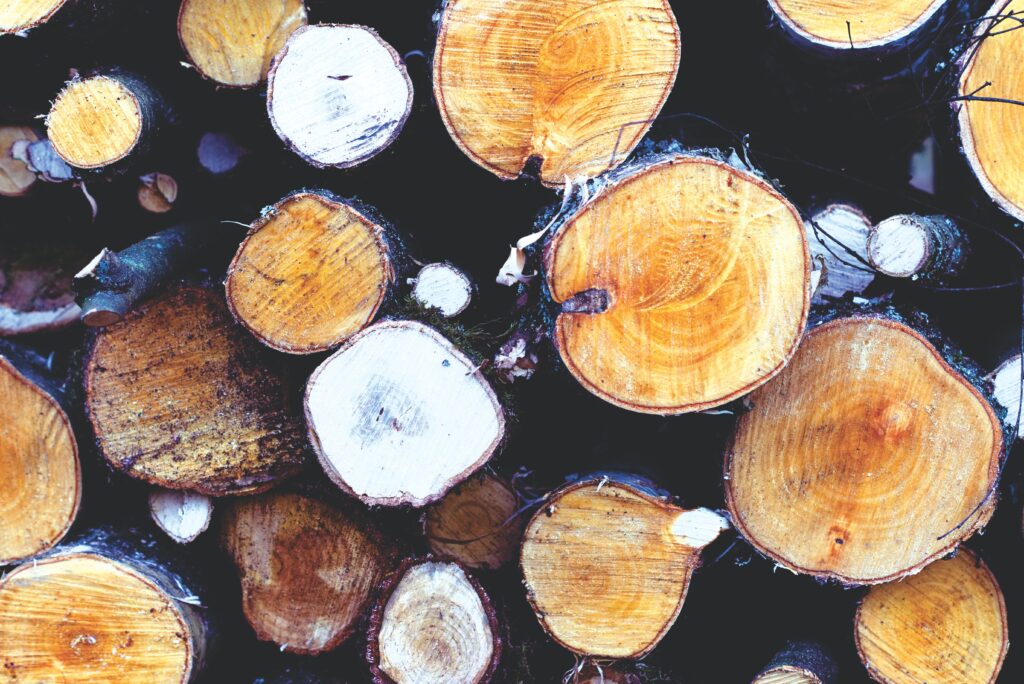
Choosing the right chainsaw
Choosing the right chainsaw for tree pruning is crucial to ensure safe and efficient work. Considerations such as the size and type of trees you will be working on, as well as your own physical capabilities, should be taken into account.
For tree pruning, it is generally recommended to use a lightweight chainsaw with a shorter guide bar. This type of chainsaw offers better maneuverability and control, especially when working in tight spaces or above shoulder height. Electric chainsaws are often preferred for their lighter weight and reduced noise levels, while gas-powered chainsaws provide more power for larger pruning tasks.
When selecting a chainsaw for tree pruning, pay attention to the features that will enhance your safety and productivity. Look for chainsaws with anti-vibration systems to minimize fatigue and ergonomic handles for comfortable grip. Consider models with automatic chain oiling for consistent lubrication during pruning.
Techniques for tree pruning
To achieve the best results when pruning trees, understanding pruning cuts is essential. Different types of pruning cuts, such as thinning cuts, heading cuts, and reducing cuts, serve specific purposes and should be applied accordingly. Thinning cuts remove entire branches back to their point of origin, while heading cuts shorten branches to encourage new growth.
Proper pruning methods are crucial to prevent damage to the tree and promote its health. Always make clean cuts just outside the branch collar and avoid leaving stubs or tearing the bark. Pruning during the correct season and considering the specific needs of each tree species will further enhance the effectiveness of your pruning efforts.
Avoiding common mistakes is key to successful tree pruning. Over-pruning or removing too many branches at once can harm the tree’s overall health and stability. It is also important to avoid topping, a harmful practice that involves indiscriminate cutting of tree tops. By following proper pruning techniques and being cautious of potential mistakes, you can contribute to the wellbeing of the trees.
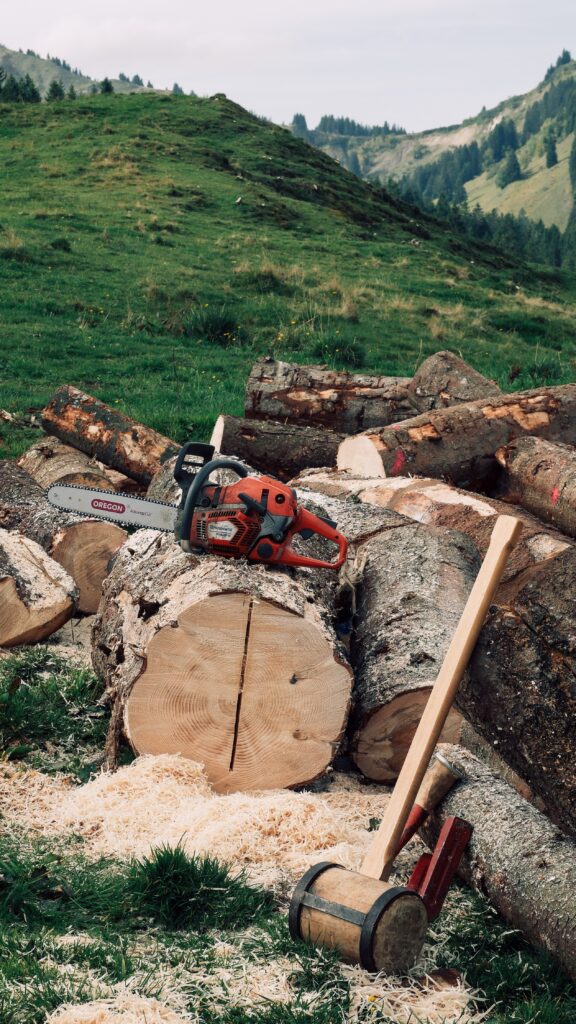
Using a chainsaw for tree pruning
A chainsaw can be a valuable tool for various pruning tasks. It offers cutting power and speed, making it ideal for removing larger branches or performing more extensive pruning. However, it is crucial to be aware of the advantages and disadvantages of using a chainsaw for tree pruning.
One advantage of using a chainsaw is its ability to handle larger and thicker branches. Chainsaws with their sharp and powerful chains can make quick work of cutting through these branches, saving you time and effort. Additionally, chainsaws allow for more precise cuts compared to manual pruning tools, resulting in cleaner and more professional-looking results.
On the downside, chainsaws can be dangerous if not used properly. The powerful motor and sharp chain can cause severe injuries if not handled with caution. It is crucial to have proper training in operating a chainsaw and always adhere to safety precautions.
To adapt cutting techniques for safe and efficient pruning with a chainsaw, start by standing in a stable position and maintaining a firm grip on the chainsaw. Position yourself to the side of the branch and avoid standing directly below it. Use a controlled and steady cutting motion, letting the chainsaw do the work without forcing it. Always be aware of your surroundings, including the location of other people, structures, or power lines.
Preparation for tree pruning
Before starting any tree pruning task, it is essential to evaluate the tree and the surrounding area. Look for any signs of disease, deadwood, or structural issues that may impact the pruning process. Assess the tree’s overall health and stability to ensure it can withstand the pruning without significant harm.
Clearing obstructions is crucial to create a safe working environment. Remove any debris, low-hanging branches, or other obstacles that may impede your movement or cause accidents. This includes ensuring there are no overhead power lines near the pruning area.
Establishing a safe work zone is essential to protect yourself and others during tree pruning. Use caution tape or barriers to mark off the area and prevent unauthorized access. Communicate your pruning intentions with others who may be nearby and make sure they are aware of the potential hazards involved.
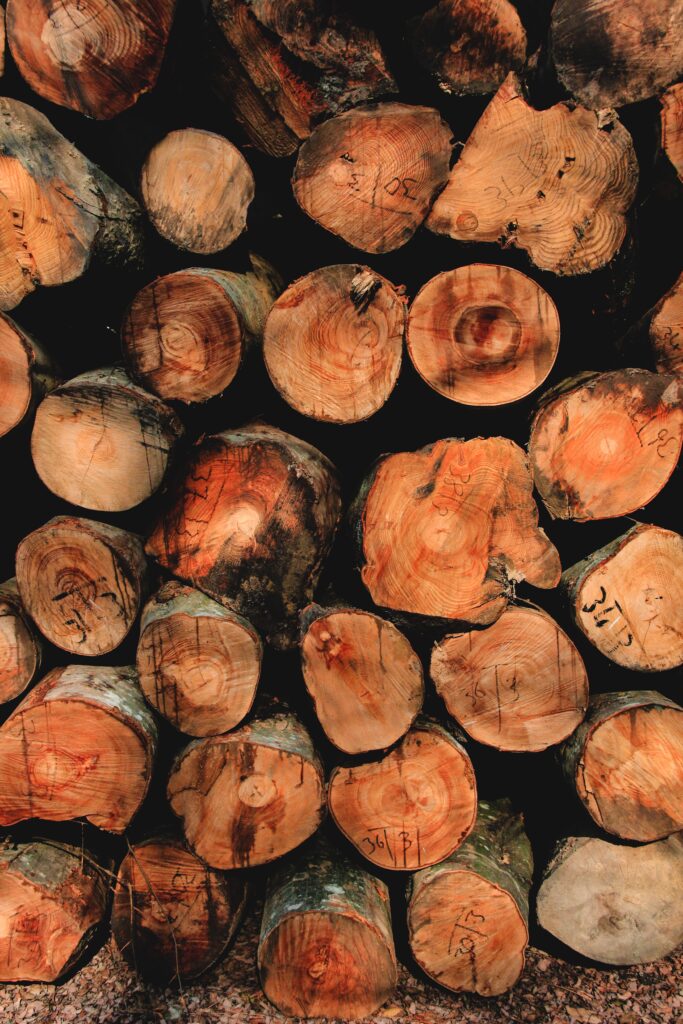
Step-by-step tree pruning process
The tree pruning process can be broken down into several key steps to ensure a systematic and effective approach.
Start by identifying and marking the branches to prune. Use spray paint or colored tape to clearly mark the branches you intend to remove. This will guide your cutting during the pruning process and help maintain the tree’s overall shape.
When making pruning cuts, it is essential to follow proper techniques. Position the chainsaw so that the top of the cutting bar is facing the direction you want the branch to fall. Make an initial undercut on the bottom side of the branch, allowing for a clean and controlled cut. Then, make a second cut from the top, outside of the initial cut, to complete the pruning. This technique helps prevent bark tearing and damage to the tree.
After pruning a branch, safely remove it from the tree. Lower it slowly to the ground to avoid any injuries or damage to surrounding vegetation. If necessary, use ropes or rigging techniques to control the descent of larger branches.
Maintenance and care for the chainsaw
Proper maintenance and care for your chainsaw are crucial to ensure its longevity and optimal performance.
Cleaning the chainsaw after pruning is essential to remove any sap, debris, or oil buildup. Use a brush or compressed air to clean the guide bar, chain, and other parts. This will help prevent corrosion and keep the chainsaw in good working condition.
Sharpening the chainsaw chain regularly is vital for efficient cutting. A dull chain can lead to increased effort and safety risks. Use a file or a chainsaw sharpener to maintain a sharp and properly aligned chain. It is recommended to seek professional sharpening services if you are unsure of the process.
Regular maintenance of the chainsaw is necessary to identify any potential issues and address them promptly. This includes checking the air and fuel filters, spark plug, and lubrication system. Refer to the chainsaw’s manual for specific maintenance instructions and follow them accordingly.
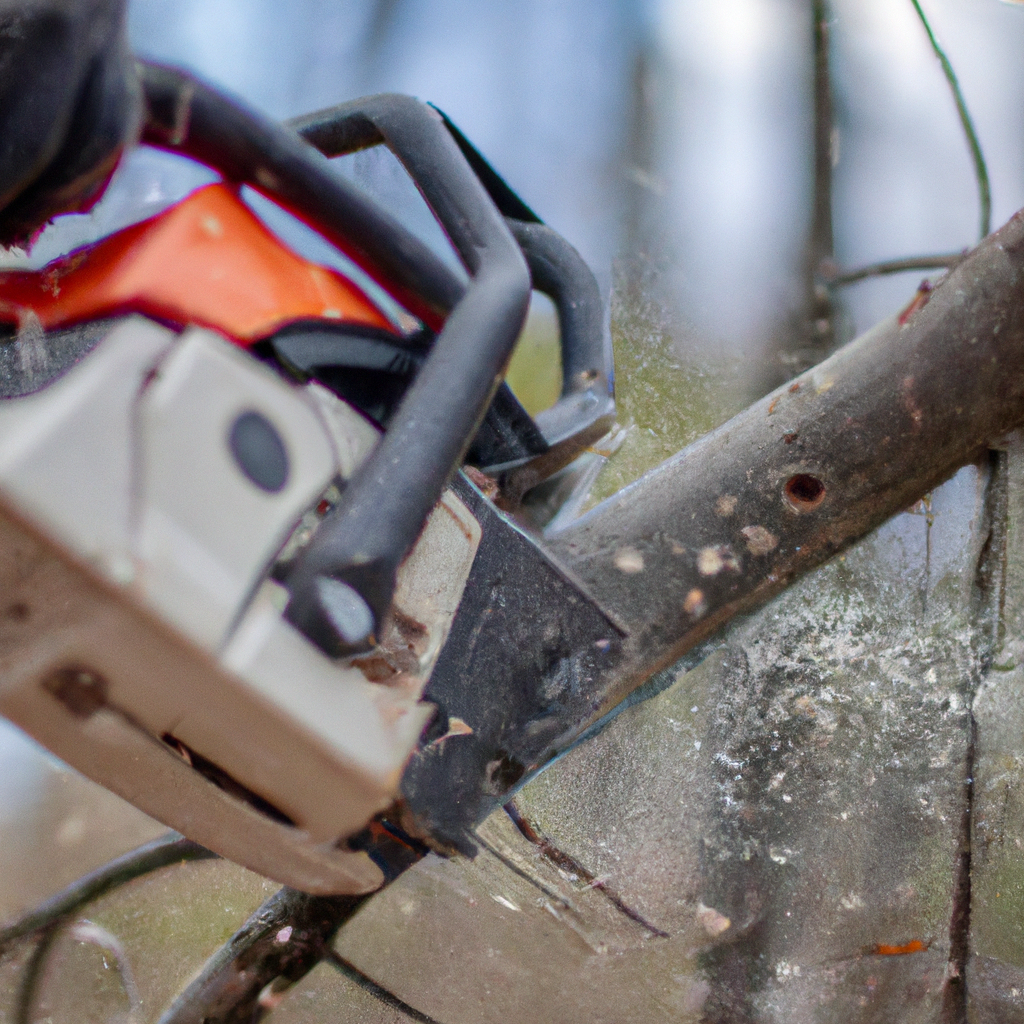
Alternative tools for tree pruning
While a chainsaw is often the tool of choice for tree pruning, there are alternative options that may better suit certain situations.
Hand pruners and loppers are ideal for small pruning tasks, such as removing smaller branches or deadwood. They offer better precision and control in tight spaces and allow for closer examination of the tree’s condition.
Pole pruners and saws are useful for reaching higher branches without the need for ladders or climbing. They feature telescopic handles and extendable saw blades, enabling you to reach branches located above your head. These tools are especially helpful when dealing with taller trees or when you need to maintain proper balance and stability.
In some cases, it may be necessary to call on the expertise of professional arborists. They have the knowledge, experience, and specialized tools required for more complex or high-risk pruning situations. If you are unsure about the task at hand or if the tree poses a potential danger, consulting a professional arborist is always a wise decision.
Legal and environmental considerations
Before undertaking any tree pruning, it is essential to familiarize yourself with local regulations and permits. Some areas may have specific guidelines or restrictions regarding tree pruning, especially for protected tree species. Contact your local municipality or arborist association to ensure compliance with any legal requirements.
It is also crucial to consider the environmental impact of tree pruning. Pruning should be done in a way that minimizes harm to the tree and promotes its overall health. Avoid excessive pruning or practices that may compromise the tree’s stability. Proper disposal of pruned tree debris is also important to prevent the spread of diseases, pests, or invasive species.
In conclusion, while using a chainsaw for tree pruning can be an effective and efficient way to maintain the health and aesthetics of your trees, it is crucial to prioritize safety at all times. Understanding the proper techniques, selecting the appropriate chainsaw, and following recommended guidelines will ensure that your tree pruning endeavors are successful and injury-free. Remember to take the necessary precautions, maintain your equipment, and consider alternative tools or professional assistance when needed. Happy pruning!
